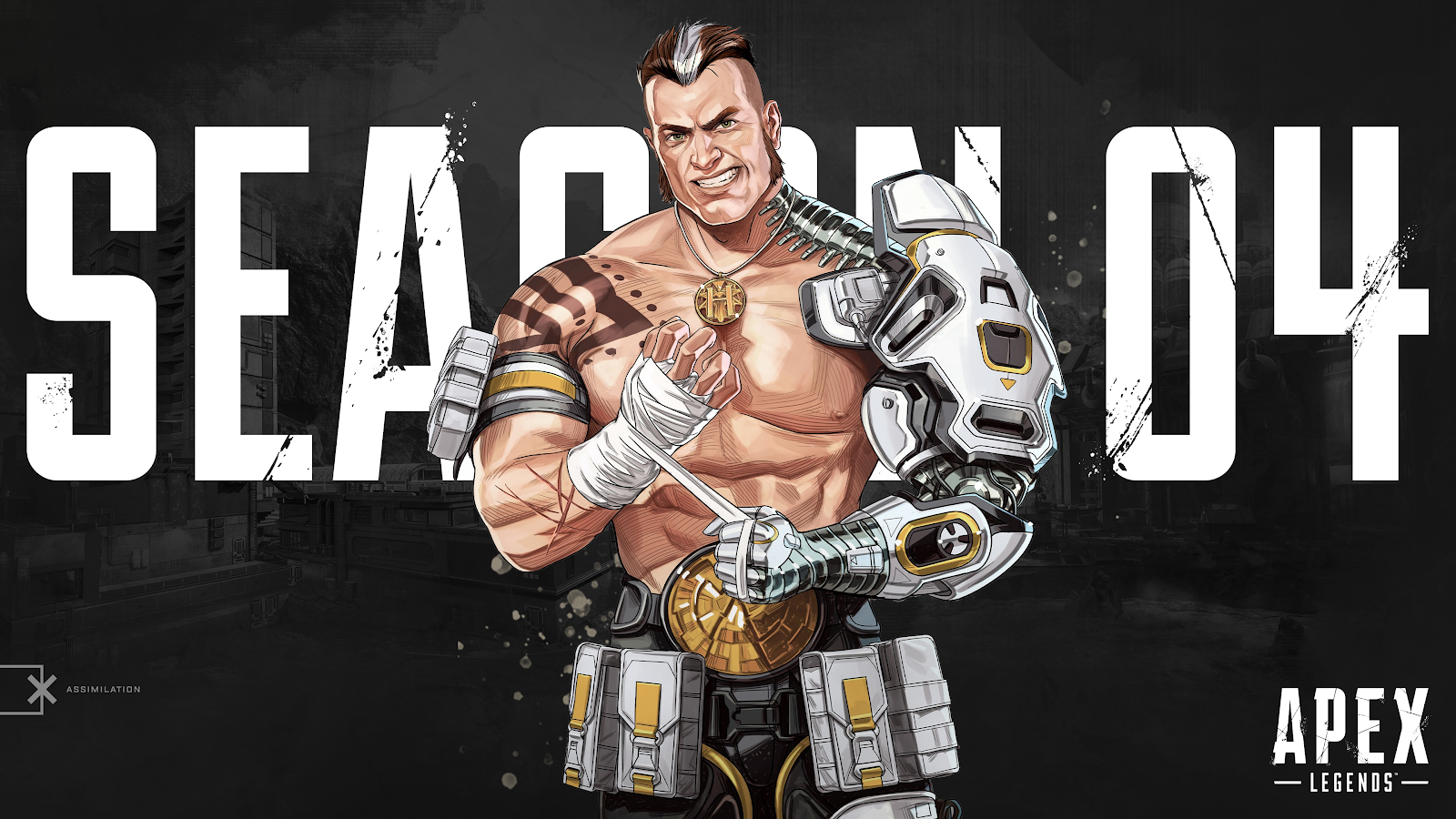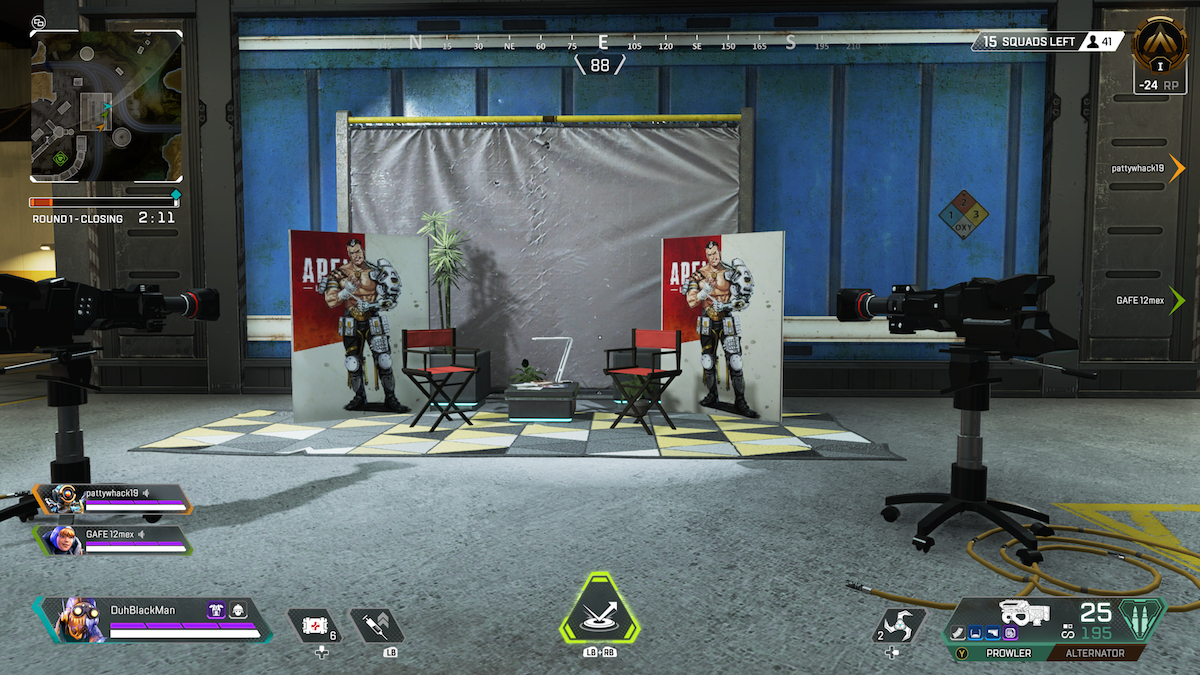What a Video Game Marketing Campaign Can Teach Us About Engaging Employees
How Human Resources Can Learn Marketing Techniques From Video Games
“What if the care and storytelling that a video game company put into a product update was applied to your next monthly social event?”
Imagine eagerly waiting for something. You know that it’s coming, but don’t know exactly what it is. Some “people on the inside” (you know those people) whisper rumors that sound...fine. Your anticipation wanes: it’s nothing you hadn’t heard before.
Then the announcement comes: it’s something nobody’s ever heard of. It’s a genuine surprise. Details start to come forward. You’re intrigued. There’s a press release that a full breakdown of the announcement will be tomorrow at noon. You tune in, because you’re curious.
And then the announcement is stabbed through the chest.
This is how the hit video game Apex Legends made a product announcement. And all I thought during it was, “Dang, I wish HR could think like this.”
HR departments- and by extension organizations- live and die by employee engagement. There are other articles that analyze the ROI on employee retention and engagement, so let’s stipulate for now that a workplace that spends time and money on the employee experience is insuring against a higher attrition rate. Leadership that considers the employee experience as a priority and not something to be relegated to the most junior front-desk admin is building credibility in other parts of corporate culture. This credibility produces superior trust and ultimately outcomes.
If you accept that a great culture is great, then the question is how can you jack up employee engagement without spending too much time and money? To answer that, let’s steal some ideas from a company with over 70 million customers: Apex Legends.
Apex Legends is a video game released in 2019 that is free to play. Players pick a Legend (as of writing, twelve vibrant and diverse characters) and then airdrop sixty players into a murdering bloodbath until only one squad of three is left standing. It’s an unforgiving fast-paced first-person shooter and a heck of a lot of fun to play with your friends.
Since the game is free to play, the makers of Apex Legends, Respawn Entertainment, make money through microtransactions, typically cosmetic in nature. Want to give your Legend a new outfit? Pay a little real-world money and then you can airdrop with flair in a unique costume that shouts moxie-drenched one-liners. To drive buying, Respawn runs “seasons,” or time-gated opportunities to earn certain marks of prestige and limited-availability skins.
To keep players engaged, a new Legend typically heralds the start of a new season. It’s all thematically bound together: new season, new flair, new playable Legend. So, with the onset of Season 4, players were curious as to who the new Legend would be. Data miners who comb through software updates discovered pieces of code that referred to an assassin character or a robot character. For example, @shrugtal typically reviews each software update to see what kind of spoilers or announcements are down the road. A particular asset or line of code that changes the game could be added months before a formal release, so some predictions take quite a bit of time to verify. Because of these data mining “someday predictions”, the Season 4 speculation was muted.



In January 2020, Respawn announced the new legend was going to be a part-robot mixed martial artist fighter by the name of Forge. Respawn teased details in an announcement, they added a little movie set in-game (that you could visit when you weren’t being murdered), game developers coyly danced around questions on Twitter, and there was going to be some kind of “exclusive interview” followed by details on the new season to be released at a specific time on January 27th. This was all unexpected: the data miners had not heard anything that would suggest this particular turn of events.
Then...that “exclusive interview” dropped:
The /apexlegends Reddit blew up in disbelief- did they just kill off their new character? Who was the mysterious assassin? WHAT IS GOING ON!?! Was Forge the new Legend being released, or this secret killer?
Say hello to the Season 4 new Legend, Revenant:
Yes, the stabby-assassin was the new Season 4 release.
As a customer, I thought it was a marketing stroke of genius. As a business owner, I thought it was just good marketing. Let’s review the collateral needed to hoodwink a playerbase of over 70 million players:
A fake announcement
A fake screenshot
A few fake tweets from Respawn employees
A fake in-game piece of art
A reveal trailer with a twist that was sworn to secrecy until launch
Obviously a video game that lives and dies by player engagement needs to engage their players with creative media campaigns, but with the potential ROI offered by high employee engagement and a vibrant culture, is it that far of a stretch to want that same level of buy-in? Unfortunately for employees, few HR departments can really be called innovative and engaging and certainly not to the level of a multimillion dollar video game company.
However, there is much to learn from this “product reveal” about engagement. Hold tight, let’s talk marketing.
Over the course of a year, an HR team typically engages their employees on a number of different vectors. Performance reviews. Compensation changes. Open enrollment. Compliance. Perhaps some learning and development. Maybe career pathing and leadership development. Lots of things. Many, if not all, are huge opportunities for building a high-performing culture.
The problem is that these product releases are intrinsically unsexy. If the People/HR Team has a “product release,” employees are either compelled to consume it (oh hai, compliance training) or is optional like culture programs. You better show up to your sexual harassment training but bowling night is optional. The mindset is that since bowling is fun or a training is for an employee’s own benefit, simply holding the event is about the extent of effort put into drawing employees into the event.
Trying to execute employee programming without a marketing budget or plan is typical. Launching a product to customers without a marketing budget or plan is verboten. No wonder attendance at Forced Fun events can be weak.
What if the care and storytelling that a video game company put into a product update was applied to your next monthly social event? Just imagine:
Perhaps on a monthly/quarterly basis, the HR team organizes a happy hour. It’s at a bar nearby.
The HR team solicits feedback from employees about what would make the next happy hour a little more special. One employee mentions that they like superheroes, as an offhand comment.
In collaboration with department leaders, HR secretly recruits three leaders to agree to wear a superhero costume.
Throughout the organization, HR announces that a special guest will join the next happy hour and a Q&A will take place before heading out. The special guest will be announced the day of the event.
Flyers advertising the happy hour are printed (yes, paper) and hung throughout the office. A few leaders publicly “hypothesize” that it will be someone involved in law enforcement.
Before the announcement, the leaders change into superhero garb. The webcast begins (because not everyone can crawl away from their desk; let’s be thoughtful).
HR introduces the special guest: Batman from Engineering. They sit down for a mini-interview about new tech that the team has been working on. Then Superwoman from Sales comes in and talks about sales wins accomplished in partnership with Engineering. Then the Hulk from Finance joins them to share stories about big wins from the past month/quarter.
To really make it special, the employee who offered the comment about liking superheroes can be included in the schtick to their level of comfortability. You've transformed someone into a culture carrier.
The leaders go to the bar with the employees and continue fostering community. In costume.
Can you imagine a workplace where every month there was care and intent around HR programming? Where you get excited every month with anticipation and then have something to talk about for the entire following month? This is a real engagement strategy that goes beyond perks, benefits, and compensation. How much did the Superhero Campaign cost?
An hour to solicit and collect feedback from employees, probably through a survey.
An hour to plan out the operation.
Three superhero volunteers (influencers/leaders, mind you) and costumes (potentially crowdsourced).
Flyers, designed (two hours) and hung (one hour).
Misleading rumors: free.
The “interview”- one hour with leaders and a webcast link.
Outcomes: A culture carrier, an organization spellbound by collaboration, and a collective talking point about how awesome it is to work there.
This doesn’t have to be a pipe dream or a nice-to-have if you believe there’s some ROI for employee retention and engagement. The hard costs- time and a costume for this example- are not really that objectionable. Really, at the bottom of it, it’s HR putting more weight on internal marketing and the rest of the leadership team respecting and supporting that investment.
And my mother thought that I wouldn’t learn anything from video games.
After the “exclusive interview”, the in-game location changed to show the post-stabbing mayhem. As a player, you could visit Forge’s "death box” and claim a special free commemorative piece of flair. Smart marketing.









